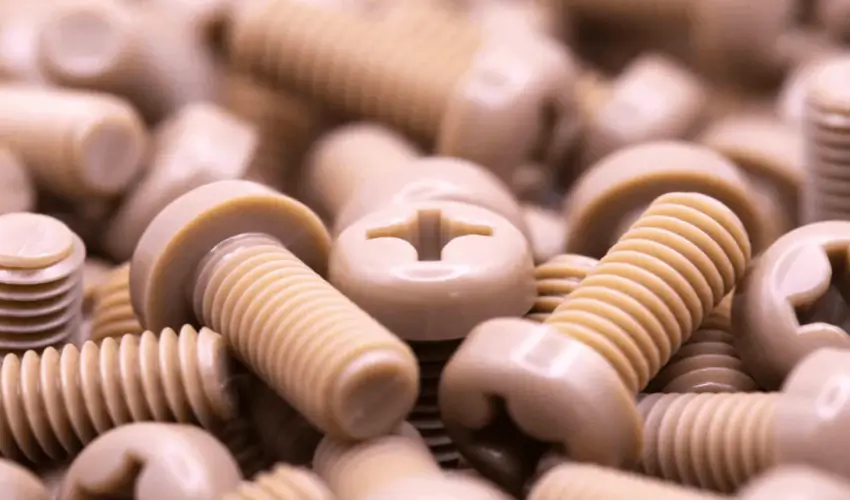
Rivet Nuts vs. Traditional Fasteners: Which One Should You Use?
Fastening methods play a crucial role in ensuring the strength and stability of various structures. Whether securing metal sheets, assembling machinery, or constructing buildings, the choice of connectors impacts durability and efficiency. Traditional fasteners, including screws, bolts, and welds, have been widely used for many years. However, advancements in engineering have introduced alternative options that provide distinct advantages.
One such alternative is the rivet nut, which offers a secure hold in thin materials without requiring access to both sides. While conventional options remain popular, selecting the right type depends on the application, material, and required load-bearing capacity. This article explores both these fastening methods, highlighting their differences, benefits, and the best scenarios for their use.
How Traditional Fasteners Function
Conventional fasteners include bolts, screws, nuts, and rivets, each designed for specific tasks. These components hold objects together by applying force to create a secure joint. Some rely on friction, while others use threading or compression for stability. Bolts and screws require pre-drilled holes, with nuts often needed to complete the connection. Rivets, on the other hand, deform during installation to form a permanent bond. These solutions are common in construction, automotive work, and industrial manufacturing.
What Makes Rivet Nuts Different?
Unlike conventional connectors, these internally threaded inserts provide strong attachment points in thin materials. This nut is installed by inserting it into a pre-drilled hole and using a tool to expand its backside, securing it in place. This allows for the attachment of components without needing access to both sides of the workpiece. This method eliminates the need for welding or tapping threads into thin materials, making it ideal for lightweight structures. It also enables disassembly and reassembly without damaging the base material.
Where Traditional Fasteners Perform Best
Conventional options remain highly effective in applications where strength and stability are primary concerns. Their advantages include:
- High Load Capacity – Bolts and screws offer exceptional holding power, making them suitable for heavy-duty applications.
- Versatile Installation – These components work in various materials, from wood and plastic to metals and composites.
- Easy Availability – Commonly found in hardware stores, they are accessible for professionals and DIY enthusiasts alike.
Despite these advantages, some require additional reinforcement, such as washers or adhesives, to prevent loosening under vibration or pressure. In cases where frequent adjustments are needed, alternative solutions may be more convenient.
Advantages of Rivet Nuts in Specific Applications
This fastening method is particularly useful in situations where traditional options fall short. Some key benefits include:
- Installation in Thin Materials – These inserts provide a strong hold in sheet metal, plastic, and composite panels.
- Blind-Side Access – Installation requires access to only one side of the workpiece, simplifying assembly in tight spaces.
- Corrosion Resistance – Many are made from stainless steel or coated alloys, ensuring durability in harsh environments.
- Reduced Material Damage – Unlike welding or tapping, this approach does not compromise the integrity of delicate surfaces.
These characteristics make them ideal for automotive, aerospace, and electronic applications, where lightweight and reliable connections are essential.
How to Choose the Suitable One
Choosing the best fastening method depends on several factors, including material thickness, load requirements, and ease of installation. Traditional options work well for heavy-duty applications, while alternative solutions offer convenience and flexibility in specific situations. For projects involving thin materials or requiring removable connections, threaded inserts provide a practical solution. Structural applications demanding high tensile strength, conventional choices are preferred. Evaluating these factors ensures the best results.
A rivet nut offers an efficient alternative to conventional fasteners, especially in applications involving thin materials and limited access. While traditional methods provide strong and reliable connections, choosing the right fastening solution depends on the project’s specific requirements. By understanding the strengths and limitations of each option, users can achieve secure and long-lasting assemblies in various industries.



